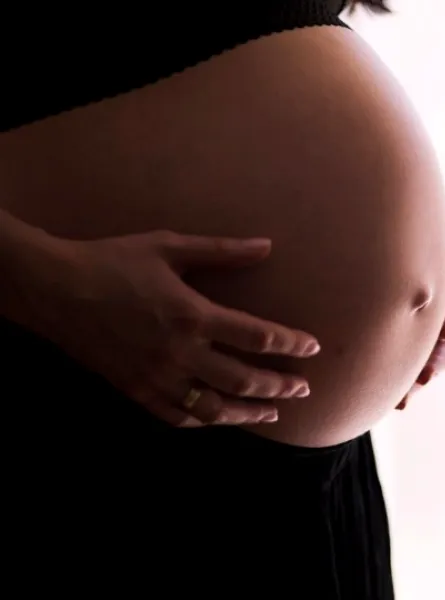
Eating habits and behaviours in adulthood are largely influenced by early childhood feeding practices. Fortunately, the Division of Responsibility for feeding is a great way to ensure that our child becomes a competent and intuitive eater over time!
Build on Each Other's Strengths
As with any good team, the strengths and skills of the team members are used to determine each person's role. And feeding your child is no exception! At a young age, hunger and satiety cues are generally still present and very well listened by the child. However, they are not necessarily able to make wise nutritional choices. Fortunately, that's what parents are there for! The Division of Responsibility allows us to capitalize on both the child's skills and the parents' knowledge.
The 5 Aspects of the Division of Responsibility
The responsibilities of the parent.
WHAT: It is up to the parent to decide the menu that is offered. Whether for meals or snacks, the parent decides what is served (food and beverage). Ideally, only one meal is prepared for the entire family.
WHEN: It is up to the parent to establish a structure and schedule for meals and snacks. If the child does not wish to eat at the meal or snack, he/she can eat at the next meal. The parent can also establish a minimum and maximum meal time (no need to spend several hours at the table!), depending on the family's needs. As a parent, it is important to adapt this structure to the child's needs.
HOW: It is up to the parent to regulate the environment and set the mood when it comes to eating. It is most often desired to share meals as a family, in a pleasant atmosphere and without screens, when possible.
WHERE: Whether you decide to have a picnic or home movie special, or simply a meal in the middle of the table, it is up to the parent to decide where meals and snacks will be eaten.
The child's responsibility.
HOW MUCH: It is the child's responsibility to determine if he/she wants to eat and how much his/her tummy needs. He or she is usually* in the best position to determine the portions and amounts of food needed to meet his or her needs.
*Sometimes a child's hunger and fullness cues may be out of whack and may not represent their physiological needs. When in doubt, consulting a healthcare professional can be helpful.
Be Careful of the Comments at Mealtimes!
Seeing our child take only a few bites as a meal or, on the other hand, seeing him or her take several servings can make us insecure. However, it is important to keep in mind that HOW MUCH is not our responsibility. Rather, our responsibility is to support and supervise our child. Therefore, phrases such as "finish your plate so you can have dessert" or "take two more bites of broccoli to make me happy" are to be avoided.
At What Age Can We Start the Division of Responsibility?
In principle, there is no age to start sharing responsibilities, since babies are able to recognize when they are hungry or full from the first days of life. However, the division of responsibility becomes interesting when the child starts introducing solid foods and during infancy, since this is generally when the child is curious and looking for independence.
Looking for tips on how to better support your child's eating autonomy? A pediatric dietitian can help you meet your needs and those of your child!






